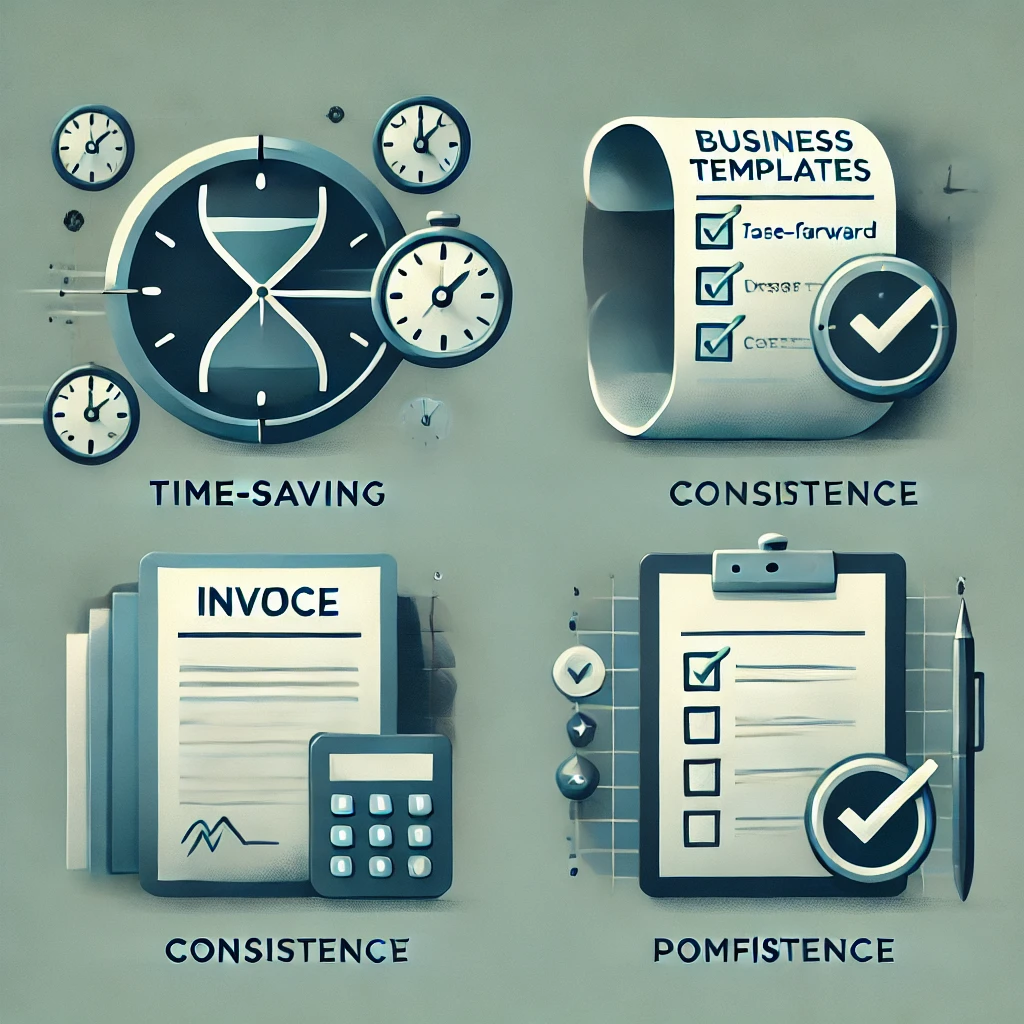Creating a Commercial Invoice Template for Word
It serves as a bill for the goods sold and includes detailed information about the transaction, such as the description of goods, quantities, prices, and terms of sale.
This document is essential for customs clearance, determining duties and taxes, and ensuring smooth trade operations.

Introduction to Commercial Invoice Templates
Importance of a Commercial Invoice
What is a Commercial Invoice?
A commercial invoice is a crucial document in international trade. It serves as a bill for the goods sold and includes detailed information about the transaction, such as the description of goods, quantities, prices, and terms of sale. This document is essential for customs clearance, determining duties and taxes, and ensuring smooth trade operations.
Why Commercial Invoice Template Word Matters
- Customs Clearance: Customs authorities use the commercial invoice to assess the value of goods and determine applicable duties and taxes. Accurate and detailed invoices expedite the customs clearance process.
- Legal Documentation: The commercial invoice acts as a legal document that outlines the transaction details between the buyer and seller, providing proof of the sale and terms agreed upon.
- Financial Records: It helps businesses maintain accurate financial records, track shipments, and manage accounts receivable.

How to Create a Commercial Invoice Template in Word
Start by opening a new document in Microsoft Word. You can use a blank document or search for invoice templates available within Word.
Company Logo: Insert your company logo at the top of the invoice for brand recognition.
Company Details: Include your company’s name, address, phone number, and email.
Invoice Title: Clearly label the document as "Commercial Invoice."
Invoice Number: Assign a unique invoice number for tracking purposes.
Invoice Date: Include the date when the invoice is issued.
Due Date: Specify the payment due date.
Buyer’s Details: Include the buyer’s name, company name, address, phone number, and email.
Shipping Method: Indicate the shipping method (e.g., air, sea, road).
Shipment Date: Provide the date of shipment.
Destination: Mention the destination country and port of entry.
Terms of Sale: Include Incoterms (e.g., FOB, CIF) to define responsibilities and risks.
Description of Goods: Provide a detailed description of each item.
HS Code: Include the Harmonized System (HS) code for each item.
Quantity: Specify the quantity of each item.
Unit Price: List the unit price for each item.
Total Price: Calculate the total price for each item (quantity x unit price).
Subtotal: Sum the total prices of all items.
Shipping Charges: Include any applicable shipping charges.
Taxes and Duties: Add applicable taxes and duties.
Total Amount Due: Calculate the final total amount due.
Bank Details: Provide your bank account details for payment.
Payment Terms: Include payment terms (e.g., net 30 days).
Notes: Add any additional notes or instructions for the buyer.
Signature: Include a space for the authorized signature.
Advantages for Businesses
Advantages of Commercial Invoice Template Word for Businesses
- Time-Saving: Using a template saves time in creating invoices from scratch for every transaction.
- Consistency: Ensures consistency in the format and information provided in each invoice.
- Professionalism: A well-designed template presents a professional image to customers and customs authorities.
- Compliance: Helps ensure that all necessary information is included to comply with international trade regulations.

Common Misconceptions about Commercial Invoices
Clarifying Frequent Confusions
A commercial invoice is more detailed than a standard sales receipt. It includes specific information required for international shipping and customs.
Different countries may have specific requirements for commercial invoices. It’s important to customize your template to meet these requirements.
While digital invoices are common, some customs authorities may require paper copies. Be prepared to provide both if necessary.
FAQs about Commercial Invoices
Answers to Common Questions
- What is a commercial invoice template?
- A commercial invoice template is a pre-designed document used to create commercial invoices quickly and consistently. It includes all necessary fields and sections required for a complete invoice.
- Why is a commercial invoice important in international trade?
- It is crucial for customs clearance, determining duties and taxes, legal documentation of the transaction, and maintaining accurate financial records.
- Can I customize a commercial invoice template?
- Yes, you can customize the template to include your company’s branding and specific information required for your transactions.
- What information should be included in a commercial invoice?
- Essential information includes the seller’s and buyer’s details, shipment details, itemized list of goods, payment information, and terms of sale.
- Where can I find commercial invoice templates?
- Commercial invoice templates can be found in software like Microsoft Word, Excel, and various online template repositories.
Conclusion
Creating a commercial invoice template in Word can streamline your invoicing process, ensuring that all necessary information is included for international shipments. By following the step-by-step guide and customizing the template to your business needs, you can produce professional, consistent, and compliant invoices that facilitate smooth trade operations.
